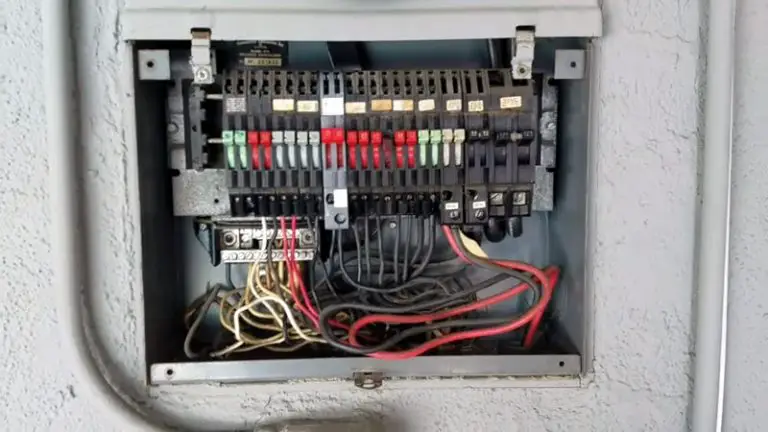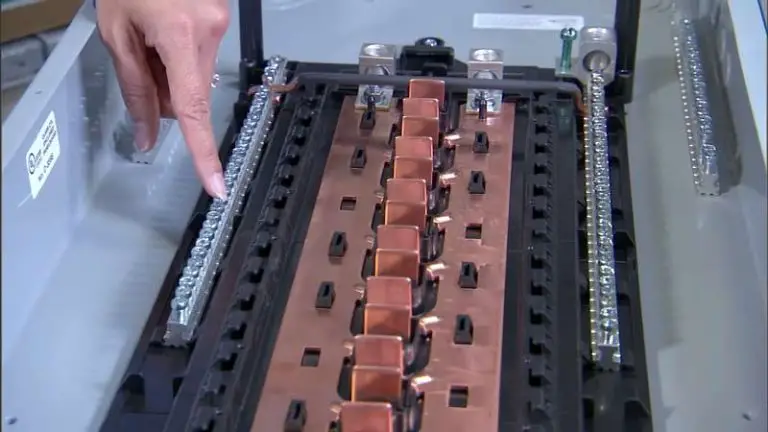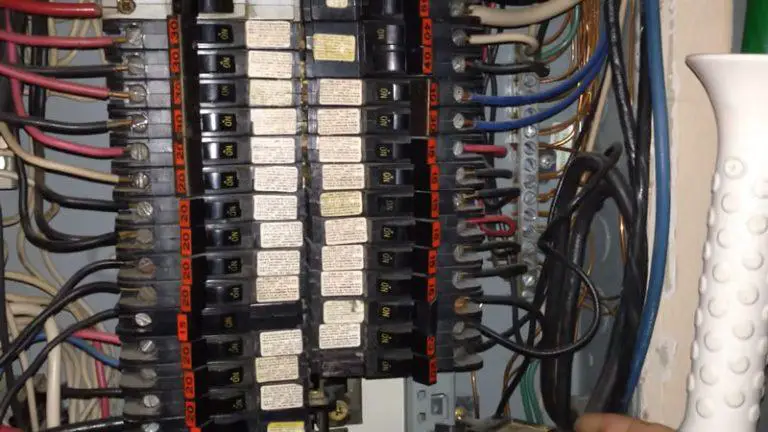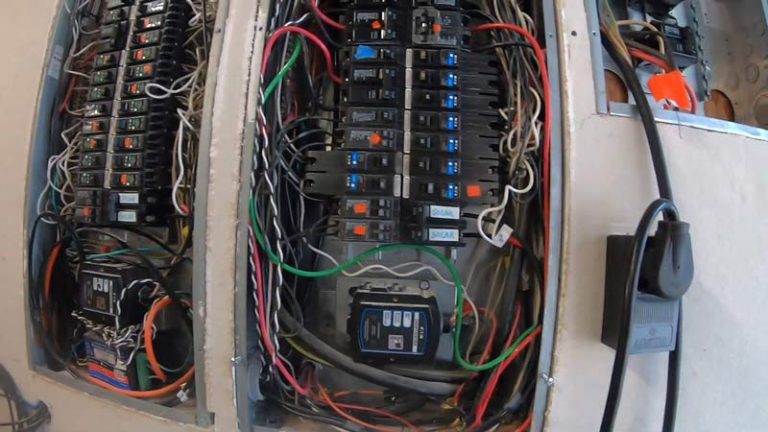What Causes Uneven Voltage in Breaker Boxes?
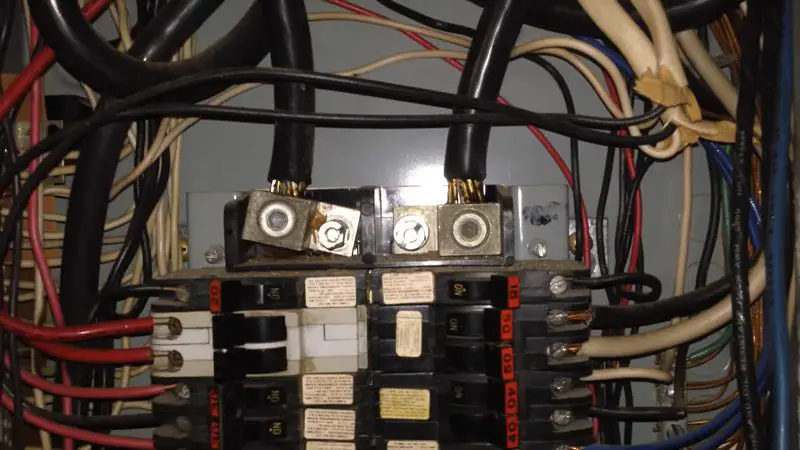
Uneven voltage in a breaker box can be a sign of a serious problem with your home’s electrical system. It is important to address this issue as soon as possible to prevent potential damage to your appliances and devices, and to ensure the safety and reliability of your electrical system.
In this article, we will discuss the causes of uneven voltage in a breaker box and provide tips for diagnosing and fixing this problem.
You'll Learn About
Reasons of Uneven Voltage in Breaker Box
You have a problem with your home’s electrical system. It is not normal for the voltage to fluctuate in the way you are describing, and it could be a sign of a serious issue.
It is important to have a qualified electrician inspect your home’s electrical system to determine the cause of the problem and make any necessary repairs. In the meantime, it is important to unplug any electronics or appliances that could be affected by the fluctuating voltage to prevent potential damage to them.
You should also contact your power company to report the problem and ask for their assistance.
There can be several reasons for uneven voltage in a breaker box. Some common causes include:
1. Loose or Damaged Wiring
If the wiring in the breaker box is loose or damaged, it can cause the voltage to be uneven. This can be due to age, damage from pests, or improper installation.
2. Overloaded Circuits
If a circuit is overloaded with too many appliances or devices, it can cause the voltage to fluctuate. This can be caused by a faulty circuit breaker or a lack of sufficient circuit capacity.
3. Power Surges
If a power surge occurs, it can cause the voltage to spike and become uneven. This can be caused by lightning strikes, utility company issues, or other external factors.
4. Ground Fault Interruptions
If there is a ground fault interruption, it can cause the voltage to become uneven. This can be caused by faulty wiring or a short circuit.
5. Poor Power Quality
If the power quality from the utility company is poor, it can cause the voltage to be uneven. This can be caused by a variety of factors, including poor maintenance of the power grid.
6. Corrosion
Over time, corrosion can build up on the electrical components in the breaker box, leading to uneven voltage. This can be caused by moisture, chemicals, or other environmental factors.
7. Faulty or Outdated Equipment
If the equipment in the breaker box is faulty or outdated, it can cause the voltage to be uneven. This can be caused by a variety of factors, including age, wear and tear, or improper maintenance.
How Does a Weak Circuit Breaker Cause Uneven Voltages?
A weak circuit breaker can cause uneven voltages in a number of ways. First, a weak circuit breaker may not be able to properly regulate the flow of electricity to the circuit, which can cause the voltage to fluctuate. This can be particularly problematic if the circuit is overloaded with appliances or devices, as the circuit breaker may not be able to keep up with the increased demand for power.
Additionally, a weak circuit breaker may not be able to protect the circuit from power surges or other voltage spikes. This can cause the voltage to become uneven and potentially damage appliances or devices connected to the circuit.
Furthermore, a weak circuit breaker may not be able to properly isolate a circuit in the event of a ground fault interruption. This can cause the voltage to become uneven and potentially create a dangerous situation.
In general, a weak circuit breaker can cause uneven voltages by failing to properly regulate the flow of electricity to the circuit, protect the circuit from power surges or other voltage spikes, or isolate the circuit in the event of a ground fault interruption. It is important to regularly check and maintain your circuit breaker to ensure it is functioning properly and able to provide adequate protection for your electrical system.
How to Fix Uneven Voltage in the Breaker Box?
To fix uneven voltage in a breaker box, you will need to:
- Shut off the power to the breaker box. This can be done by switching off the main circuit breaker or by removing the fuse that provides power to the box.
- Use a voltage tester to check the voltage at each circuit breaker in the box. This will help you determine which circuit is causing the uneven voltage.
- If you find a circuit that has uneven voltage, try to determine the cause. This could be due to a faulty appliance or device connected to the circuit, or it could be a problem with the wiring in the circuit.
- If the cause of the uneven voltage is a faulty appliance or device, unplug it and check the voltage again. If the voltage is still uneven, the problem may be with the wiring in the circuit.
- If the problem is with the wiring, you will need to use a wire stripper and a screwdriver to carefully remove the wires from the circuit breaker.
- Once the wires are removed, use a multimeter to test the resistance of the wires. If the resistance is higher than normal, the wires may be damaged and need to be replaced.
- If the wires are in good condition, you can reattach them to the circuit breaker and turn the power back on. If the voltage is still uneven, you may need to call a licensed electrician to diagnose and fix the problem.
In order to fix uneven voltage in a breaker box, you will need a voltage tester, a wire stripper, a screwdriver, and a multimeter. It is important to exercise caution and follow proper safety procedures when working with electricity. If you are unsure about how to fix the problem, it is best to contact a licensed electrician for assistance.
How Do You Fix Voltage Fluctuations?
To fix voltage fluctuations, you will need to:
- Shut off the power to the affected circuit or appliance. This can be done by switching off the circuit breaker or removing the fuse that provides power to the circuit.
- Use a voltage tester to check the voltage at the outlets on the affected circuit. This will help you determine if the problem is with the wiring in the circuit or with an appliance or device connected to the circuit.
- If the problem is with the wiring in the circuit, you will need to use a wire stripper and a screwdriver to carefully remove the wires from the circuit breaker.
- Once the wires are removed, use a multimeter to test the resistance of the wires. If the resistance is higher than normal, the wires may be damaged and need to be replaced.
- If the wires are in good condition, you can reattach them to the circuit breaker and turn the power back on. If the voltage fluctuations continue, you may need to call a licensed electrician to diagnose and fix the problem.
- If the problem is with an appliance or device, unplug it and check the voltage again. If the voltage fluctuations continue, the problem may be with the wiring in the circuit. In this case, follow steps 3-5 to diagnose and fix the problem.
In order to fix voltage fluctuations, you will need a voltage tester, a wire stripper, a screwdriver, and a multimeter. It is important to exercise caution and follow proper safety procedures when working with electricity. If you are unsure about how to fix the problem, it is best to contact a licensed electrician for assistance.
How to Maintain Electrical Systems to Prevent Voltage Flactuations?
Here are some additional tips for dealing with uneven voltage in a breaker box:
- Regularly check and maintain your electrical system: It is important to regularly inspect your electrical system and make sure everything is in good working order. This can help prevent problems such as uneven voltage and reduce the risk of electrical fires or other hazards.
- Upgrade your electrical panel: If your electrical panel is old or outdated, it may not be able to handle the demands of your electrical system. Consider upgrading to a newer, more advanced panel to help improve the performance of your electrical system and prevent problems such as uneven voltage.
- Use surge protectors: Surge protectors can help protect your appliances and devices from power surges and other voltage spikes. This can prevent damage to your electronics and help prevent uneven voltage in your electrical system.
- Avoid overloading circuits: It is important to avoid overloading circuits by plugging too many appliances or devices into a single outlet. Overloading a circuit can cause the voltage to fluctuate and potentially damage your electronics.
- Contact a licensed electrician: If you are unsure about how to diagnose or fix a problem with uneven voltage in your electrical system, it is best to contact a licensed electrician for assistance. An electrician will have the knowledge and expertise to properly diagnose and fix the problem, ensuring the safety and reliability of your electrical system.
Conclusion
In conclusion, uneven voltage in a breaker box is a serious issue that should be addressed as soon as possible. There can be several causes of this problem, including loose or damaged wiring, overloaded circuits, power surges, and faulty or outdated equipment.
To fix uneven voltage in a breaker box, you may need to use a voltage tester, wire stripper, screwdriver, and multimeter. If you are unsure about how to diagnose or fix the problem, it is best to contact a licensed electrician for assistance.
By taking steps to diagnose and fix the problem, you can ensure the safety and reliability of your home’s electrical system.


